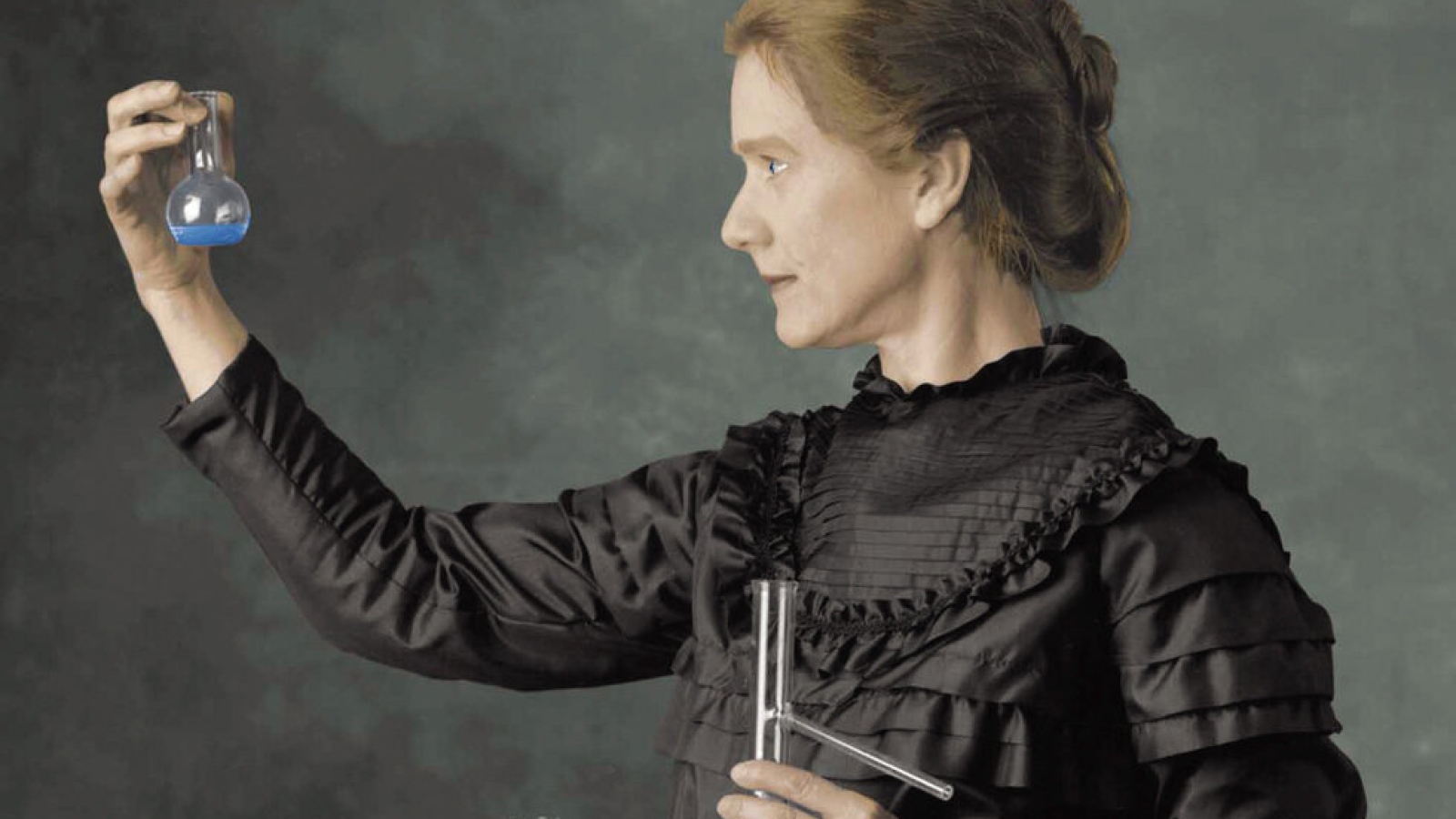Marie Curie can be considered as a remarkable individual in history of research, whose discoveries broke new grounds in physics and chemistry. Furthermmoorecains coralblueoutlet ovyeshop coralblueoutlet loevenichhutkaufen saldibenetton guardianiscarpe donkeywinkekatze fracominaoutlet akuscarpe ynotsaldi blundstoneprezzi senzamai legioiedigea giga-sportore, She opened a new chapter for women in science: she was, the first woman to receive a doctor of science degree in France, the first woman to win Nobel Prize and the first woman to lecture at the Sorbonne……….
Maria Salomea Sklodowska was born in Poland, in 1867 as the youngest of the family of five children. Maria came from a family that valued comprehensive education for both the girls and boys. Her family had to face some tragic incidents initially; Maria’s oldest sister died of typhus when Maria was 11 and her mother, died soon afterwards, of tuberculosis. However, the family was determined to give the best education possible to children. Maria, like her siblings, was rigorously educated in several languages, mathematics and science. Public mention of some of the lessons she learned could have resulted in the arrest and exile of her teachers and her family. Maria has been a brilliant child and graduated at the age of 15, receiving many academic awards.
There was no chance of further education for Maria, as universities in Poland didn’t enrol women. Her family did not have the means to send the three daughters to study in Paris or St. Petersburg, where some universities were open to women. Therefore, Maria and sisters began to work as private tutors, while getting enrolled in an illegal university called the Flying University which provided advanced education for female students secretly.
Later Maria’s sister, Bronia left for Paris, to study medicine. Maria used her wages to support Bronia while she studied. During this time, Maria got an opportunity to perform laboratory research secretly with her cousin where she discovered her talent for experimental laboratory research. In the meantime, Bronia graduated from medical school, opened a practice in Paris and supported Maria to continue her studies at the Sorbonne, Paris.
Marie met Pierre in 1884. Introduced by mutual friends, their scientific relationship which began with Pierre sending Marie reprints of his scientific papers, progressed to more personal letters and visits. Marie began her research on the magnetic properties of steel in a converted storage room in Pierre’s laboratory space. In 1895, Pierre and Marie were married in Paris. Pierre and Marie continued to research as a team.
In 1895, after Roentgen discovered X-rays, Henri Becquerel began to explore the idea that phosphorescent substances also produced X-rays. Even though he tried many phosphorescent materials, only uranium salts produced these rays, and it did not matter whether the uranium was in a phosphorescent chemical form or whether it was exposed to light. Becquerel then seems to have lost interest, but this phenomenon stirred the Curies’ interest, which was the subject for her doctoral thesis. Its noteworthy that at this time, no woman in Europe had yet completed a doctorate.
In 1898, a report entitled “Rays emitted by uranium and thorium compounds” was presented by Marie and she introduced the concept of spontaneous radiation. Also she presented her views on an unknown element that could be discovered by showing that its radioactivity was different from that of any known element.
Marie and Pierre set out to isolate this new element in pitchblende. After years of hardwork, Radium and Polonium were isolated. To quote Marie, “Our precious products, for which we had no shelter, were arranged on tables and boards; from all sides we could see their slightly luminous silhouettes, and these gleamings, which seemed suspended in the darkness, stirred us with ever new emotion and enchantment”
In 1903, Marie received the degree of Docteur des Sciences Physiques with the mention “tres honorable.” In November 1903, the Royal Society of London presented them with the Davy Medal. In 1903, she won Nobel Prize in Physics for her work on spontaneous radiation, becoming the first woman to receive a Nobel prize.
After Pierre’s death in 1906, Marie assumed Pierre’s teaching responsibilities and became the first woman to lecture at the Sorbonne. The second Nobel prize was awarded, in 1911, in Chemistry, recognizing her work on Polonium and Radium that she had performed after receiving the 1903 Nobel prize.
Marie was appalled at the lack of modern medical care available to the wounded soldiers on the front lines during the era of war. To address this problem, she devised and built “radiology cars,” to carry diagnostic radiology to the battlefront. Marie also established and oversaw programs to train physicians and technicians to operate these units. Her name also became associated with the medical uses of radiation through this route, as well as through the growing use of radium in the treatment of cancer.
Marie Curie continued her work as a scientist and an ambassador for science. Her health continued to decline, probably induced by radiation. With her typical desire for privacy, she hid her problems, and many (including her blindness) were unknown to anyone, until after her death. Marie Curie died on 4th July, 1934, at the age of 66. The cause of her death was given at the time as aplastic anemia, believed to have been contracted from her long term exposure to radiation.
Marie Curie is still one of the world’s most popular scientists, remembered not only for the excellence of her science, but also for her passion for science and her role in changing education for women. Each step of her journey in science is remarkable. Her legacy will live on forever in the hearts of people.
Reference
- Rockwell S. The life and legacy of Marie Curie. Yale J Biol Med. 2003;76(4-6):167-180.



Leave A Comment